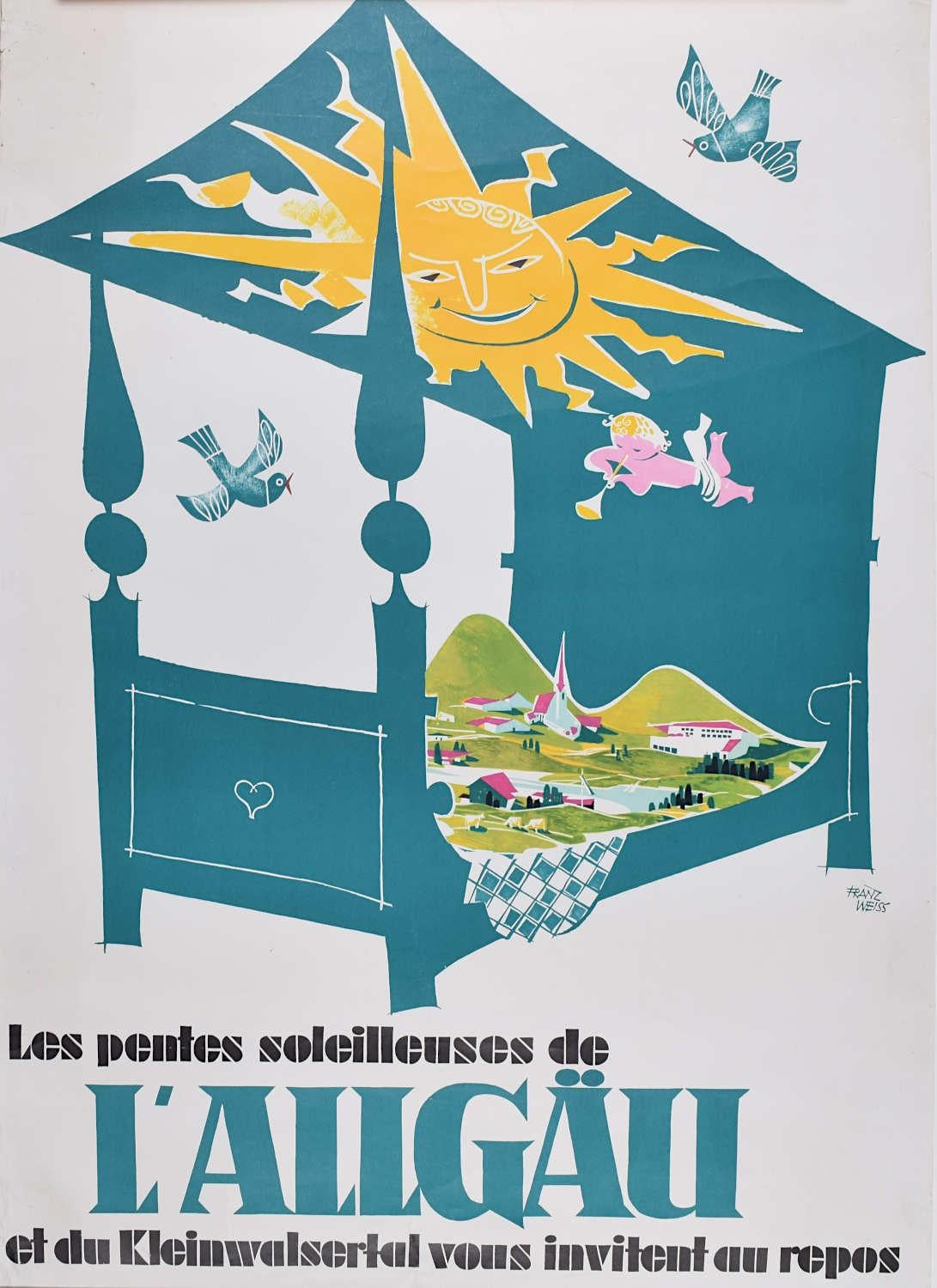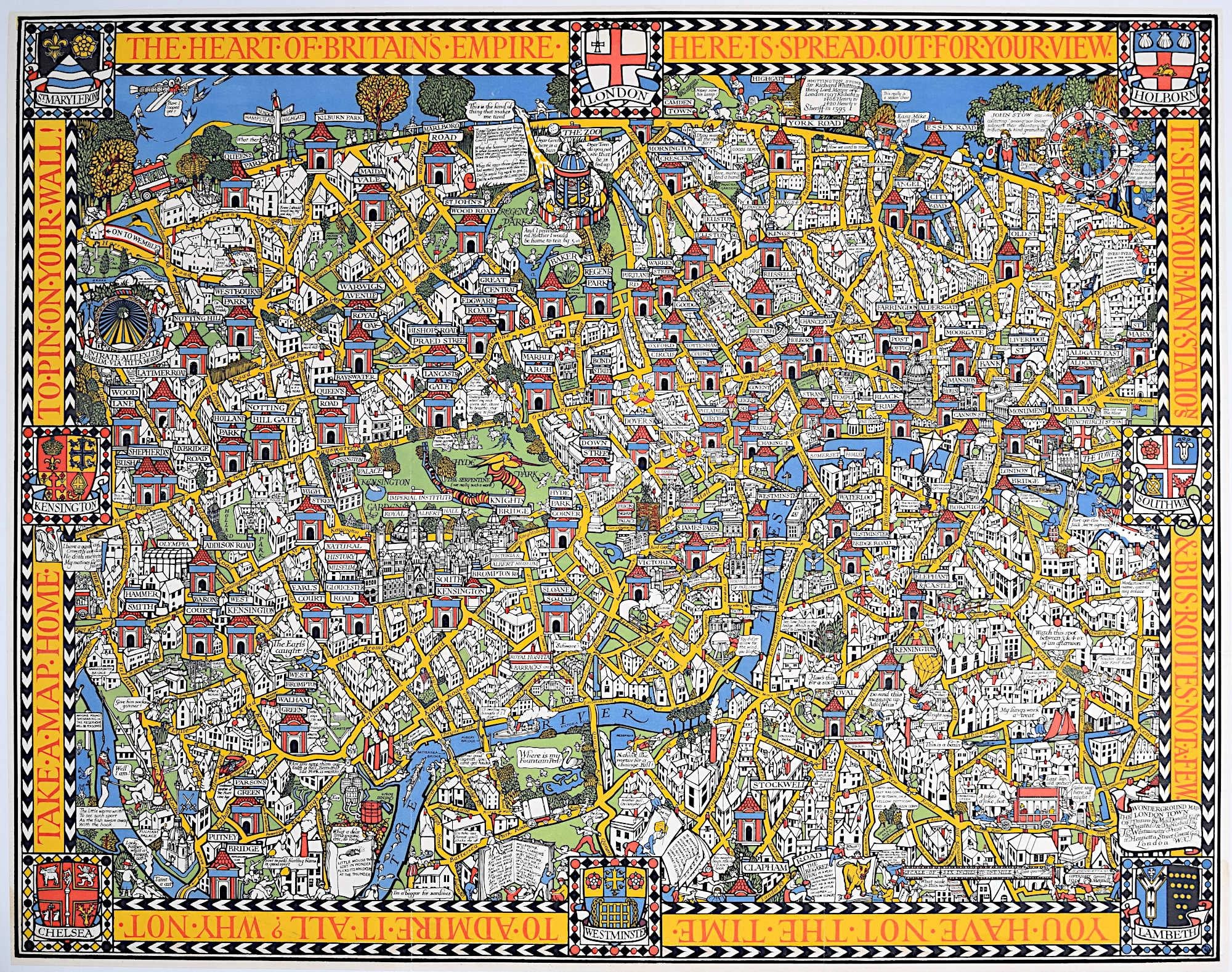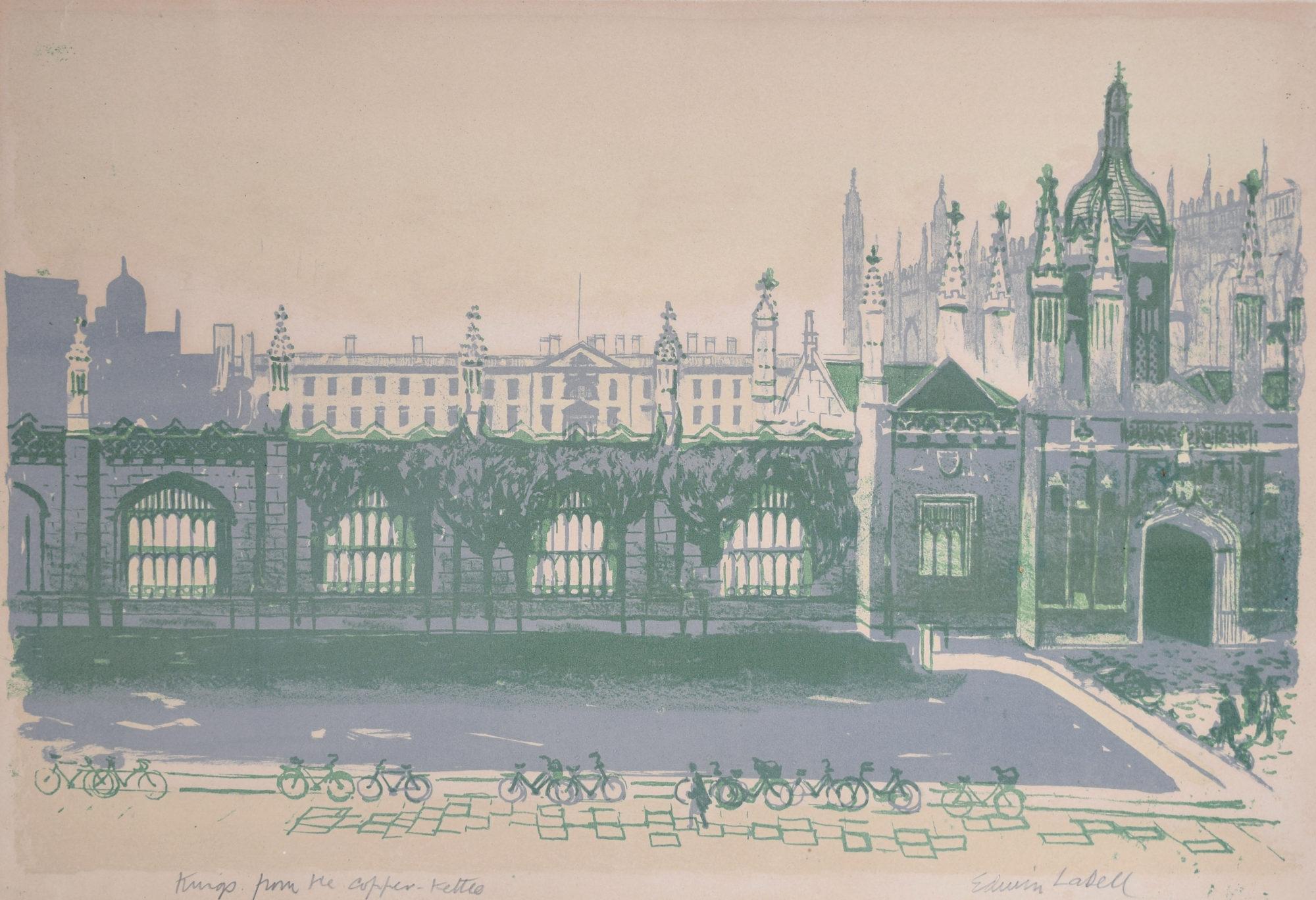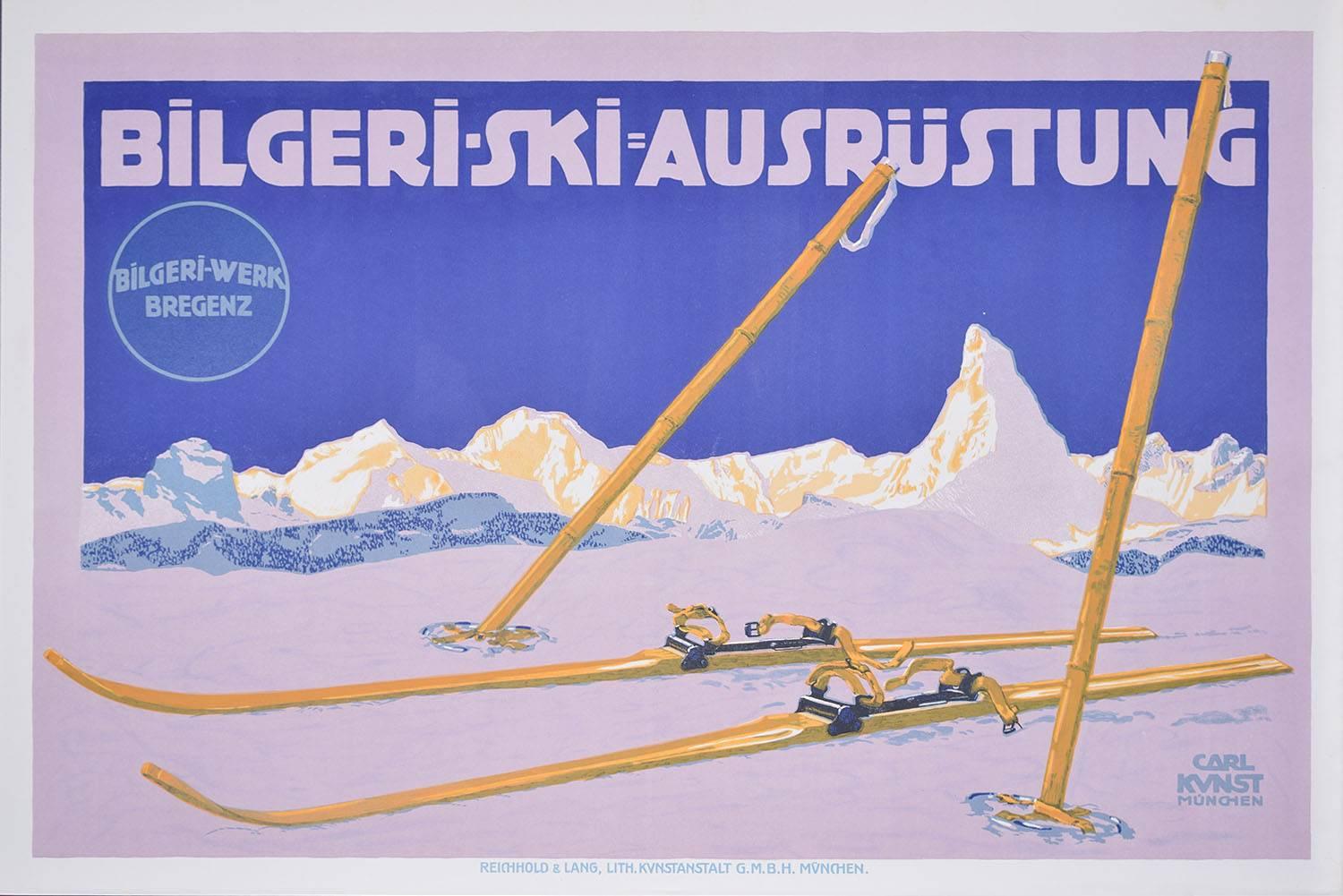Items Similar to "Tierra Roja" from the "Mexican suite"
Want more images or videos?
Request additional images or videos from the seller
1 of 11
David Alfaro Siqueiros"Tierra Roja" from the "Mexican suite"1969
1969
About the Item
This artwork titled "Tierra Roja" from "The Mexican Suite" is an original colors lithograph on Arches paper by renown Mexican artist David Alfaro Siqueiros, 1896-1974. It is hand signed and numbered 160/300 in pencil by the artist. The artwork (image) size is 20 x 16 inches, sheet size is 25.5 x 19.75 inches, framed size is 35.65 x 28.35 inches. Published by Touchtone, New York and printed by Ateliers Mourlot, Paris. Custom framed in a wooden gold frame, with off-white matting and gold color spacer. It is in excellent condition.
About the artist:
David Alfaro Siqueiros was born in 1896 in Chihuahua City, Mexico. He was to become one of Mexico's most original and distinguished painters. His art is one of violent social protest expressed in dynamic, swirling brushstrokes, dramatic contrasts of light and shade, brilliant colors and heroic themes, all visible in the available work Atrapado.
From an early age he was involved in politics and art -- two forces that stayed with him throughout his life. By the age of 15 he was already deeply involved in his artistic studies as well as political activism. In 1911 at San Carlos Academy, he led a student strike that was designed by Siqueiros to force changes in the school's teaching methods. Lasting six months it ended in complete victory for the students.
Perhaps it was Siqueiros' early victory that inspired him to be politically active throughout his life. There have been few, if any, individuals associated with the arts that have been involved in direct political action more than Siqueiros. Following his first taste of politics, Siqueiros surrounded himself with constant political upheaval and revolutionary activity for the rest of his life, all the while producing art.
Siqueiros was recognized early on as a talented artist, but his politics and his art shared equal ground throughout his life. His professional recognition did not prevent the government from taking action against him, and the Mexican government recognized his as a dangerous subversive from early in his art career. The high drama that filled his life resulted in a body of work that is a reflection of his social and political preoccupations.
Siqueiros was frequently imprisoned for his left wing political views. It was in jail that he created the majority of his easel works. Siqueiros traveled overseas extensively as a young man. He was involved with the Anarchists in Barcelona, spent time in France, and then in 1928 traveled to the young Soviet Union. While in France, Siqueiros came in contact with all the stimulating contemporary artistic movements of the early 20th century as well as works by the European Old Masters. Michelangelo's influence on Siqueiros can be seen in his works that contain powerful, foreshortened figures and bold perspective. In 1931, as a result of his politics and actions, Siqueiros was confined to Taxco, Mexico in a status of internal exile. However, his restricted movement in no way dampened his creative spirit, and while in Taxco he created over 100 paintings.
In 1932, Siqueiros was expelled from Mexico for political activity and arrived in the United States where he painted three murals. Siqueiros returned to Mexico when the political climate shifted and the left-wing President Lazaro Cardenas came to power in 1934. In 1936, at the outbreak of the Spanish Civil War, Siqueiros went to Spain and enlisted in the anti-fascist forces. He served three years in Spain, rising to the rank of lieutenant colonel and returned to Mexico following Franco's victory.
Siqueiros is best known for his mural painting. Muralism was embraced by Mexico's post-revolutionary government as a powerful way of advancing the social and political ideals of the Mexican revolution. Siqueiros, along with Diego Rivera and Jose Clemente Orozco were known as "los tres grandes" (the three great ones) of Mexican mural painting. Of these artists, Siqueiros may have been the most innovative. He conceived of his murals as dynamic rather than static images. His style of experimentation with the integration of traditional Mexican art and modern art was quite unique. Many of Siqueiros' murals deal with Mexican and Latin American history - they are reflections of an opposition to tyranny and his sympathy for workers and victims of oppression.
His revolutionary artwork paralleled the radical changes that were taking place in Mexico at the time. David Alfaro Siqueiros was very progressive in his use of modern industrial materials, equipment and techniques, such as the spray gun and synthetic paints. He was the first artist to use acrylics as a painting medium. He frequently used piroxiline, a substance related to gun cotton, which dries at amazing speed. It was through his experimentation that Siqueiros was able to give his works a three-dimensional quality.
Siqueiros produced masterpieces throughout his life, always pushing the limits of change and innovation. In 1974, at the age of 78, Siqueiros died in Cuernavaca, Mexico. Isaac Deutscher, Trotsky's biographer, poetically describes Siqueiros as a "Latin American buccaneer" - a man in whom "art, revolution and gangsterism are inseparable." The art of David Alfaro Siqueiros is held in numerous collections and museums worldwide.
- Creator:David Alfaro Siqueiros (1896 - 1974, Mexican)
- Creation Year:1969
- Dimensions:Height: 36.65 in (93.1 cm)Width: 28.35 in (72.01 cm)Depth: 1.2 in (3.05 cm)
- Medium:
- Movement & Style:
- Period:
- Condition:
- Gallery Location:San Francisco, CA
- Reference Number:
David Alfaro Siqueiros
David Alfaro Siqueiros (born José de Jesús Alfaro Siqueiros; December 29, 1896 – January 6, 1974) was a Mexican social realist painter, best known for his large public murals using the latest in equipment, materials and technique. Along with Diego Rivera and José Clemente Orozco, he was one of the most famous of the "Mexican muralists".[1] He was a member of the Mexican Communist Party, and a Stalinist and supporter of the Soviet Union who led an unsuccessful attempt to assassinate Leon Trotsky in May 1940.
About the Seller
5.0
Platinum Seller
These expertly vetted sellers are 1stDibs' most experienced sellers and are rated highest by our customers.
Established in 1999
1stDibs seller since 2017
686 sales on 1stDibs
Typical response time: 1 hour
- ShippingRetrieving quote...Ships From: San Francisco, CA
- Return PolicyA return for this item may be initiated within 7 days of delivery.
More From This SellerView All
- Cliff House, San FranciscoBy Fanch (Francois Ledan)Located in San Francisco, CAThis artwork titled "Cliff House, San Francisco" c.1980 is a original colors lithograph on paper by French artist (Fanch, Francois Ledan, born 1949) it is...Category
Late 20th Century Modern Landscape Prints
MaterialsLithograph
- Feminine MarineBy Emile BelletLocated in San Francisco, CAThis artwork titled "Feminine Marine" is a original color lithograph on paper by French artist Emile Bellet, born 1941 It is hand signed and numbered H.C 10/95 in pencil by the arti...Category
21st Century and Contemporary Modern Landscape Prints
MaterialsLithograph
- Silver TreesBy Robert KipnissLocated in San Francisco, CAThis artwork titled "Silver Trees" c.1970 is an original lithograph on wove paper by noted American artist Robert Kipniss, b.1931. It is hand signed and nu...Category
Late 20th Century American Modern Landscape Prints
MaterialsLithograph
- Low TideLocated in San Francisco, CAThis artwork titled "Low Tide" 1943 is an original lithograph by New York artist Julian Edwin Levi, 1900-1982. It is hand signed in pencil by the art...Category
Mid-20th Century American Modern Figurative Prints
MaterialsLithograph
- CityscapeBy Jean CarzouLocated in San Francisco, CAThis artwork "Cityscape" 1964 is a original colors lithograph on Arches paper by noted French artist Jean Carzou, 1907-2000. It is hand signed, dated and numbered 143/150 in pencil b...Category
Mid-20th Century Modern Landscape Prints
MaterialsLithograph
- Hannington/Castle EatonBy Denis Paul NoyerLocated in San Francisco, CAThis artwork "Hannington/Castle Eaton" c.1970 Is an original colors lithograph by noted French artist Denis Paul Noyer, b.1940. It is signed and numbered 239/375 in pencil by the art...Category
Late 20th Century Modern Figurative Prints
MaterialsLithograph
You May Also Like
- L'Allgäu Schwabia, Germany, Original Vintage Poster Franz Weiss c.1955Located in London, GBTo see our other original vintage travel posters, scroll down to "More from this Seller" and below it click on "See all from this Seller" - or send us a message if you cannot find the poster you want. Franz Weiss...Category
1950s Modern Landscape Prints
MaterialsLithograph
- Wonderground Map of London by MacDonald 'Max' Gill c. 1924 original posterBy "Leslie MacDonald ""Max"" Gill"Located in London, GBTo see our other original vintage posters and views of London (including original paintings), scroll down to "More from this Seller" and below it click on "See all from this Seller" ...Category
1920s Modern Landscape Prints
MaterialsLithograph
- Edwin La Dell Cambridge King's College from Copper Kettle Signed LithographBy Edwin La DellLocated in London, GBTo see our other views of Oxford and Cambridge, scroll down to "More from this Seller" and below it click on "See all from this Seller" - or send us a message if you cannot find the ...Category
1950s Modern Landscape Prints
MaterialsLithograph
- Davos, Parsenn Region, Switzerland Vintage Ski Poster (1968)Located in London, GBTo see our other original vintage posters, scroll down to "More from this Seller" and below click on "See all from this Seller." Davos, Parsenne, Switzerland Vintage Ski Poster 1968 67 x 53 cm Printed by LooArt Press, Colorado Springs, Colorado 1960s poster for Davos ski resort in Parsenn, Switzerland, featuring a photograph of a skiier jumping off the slope into powder snow...Category
1960s Modern Landscape Prints
MaterialsLithograph
- Samivel - Original Ski Poster: Les Pyrénées France French Mountains Goat EagleBy Samivel Paul Gayet-TancrèdeLocated in London, GBTo see our other original vintage travel posters, many of which have skiing subjects, scroll down to "More from this Seller" and below it click on "See all from this seller" - or sen...Category
1980s Modern Landscape Prints
MaterialsLithograph
- Matterhorn c. 1910 Skiing Original Vintage Poster Bilgeri Ski Carl Kunst BregenzBy Carl KunstLocated in London, GBTo see our other original vintage travel posters, many of which have skiing subjects, scroll down to "More from this Seller" and below it click on "See a...Category
1910s Modern Landscape Prints
MaterialsLithograph
Recently Viewed
View AllMore Ways To Browse
Mexico Mid Century Art
Midcentury Art Mexico
Modern Mexico Light
Retro Mexican Cans
Mexican Wooden
Wooden Mexico
Mexico City Mid Century Modern
Mexican Cotton
Vintage Spray Can
Vintage Spray Cans
Michelangelo Vintage
Latin American Gold
Union Civil War
Soviet Gold
Student Protest
Gun Dior
Barcelona Suite
Vintage Anarchist Art






